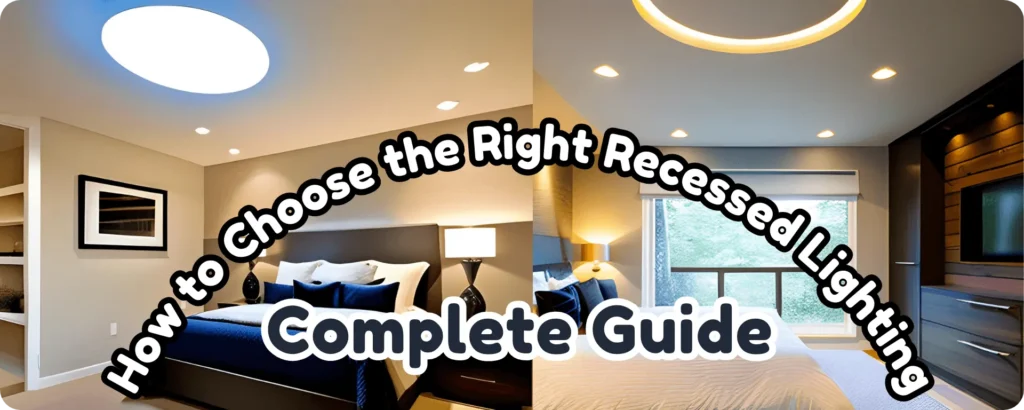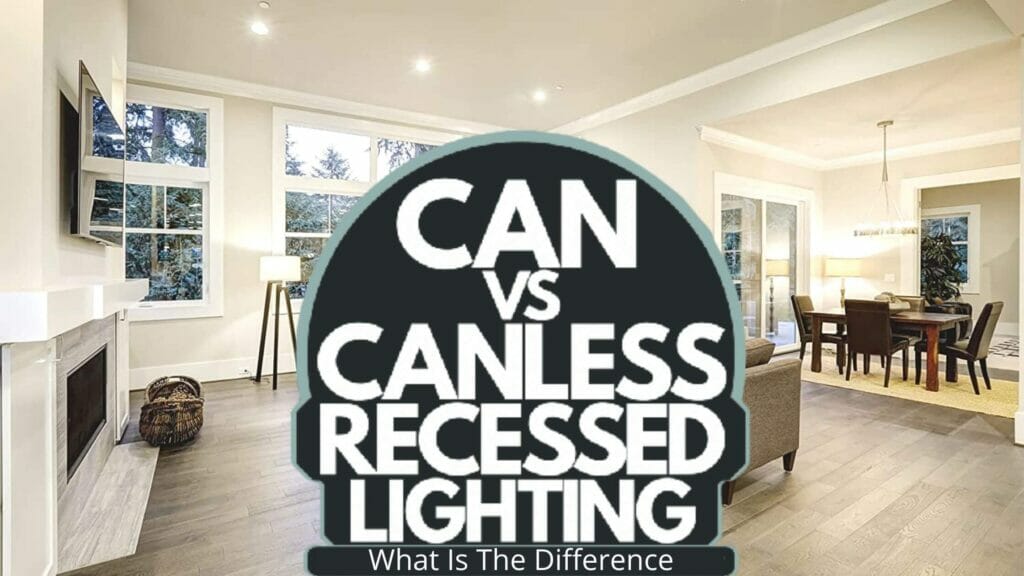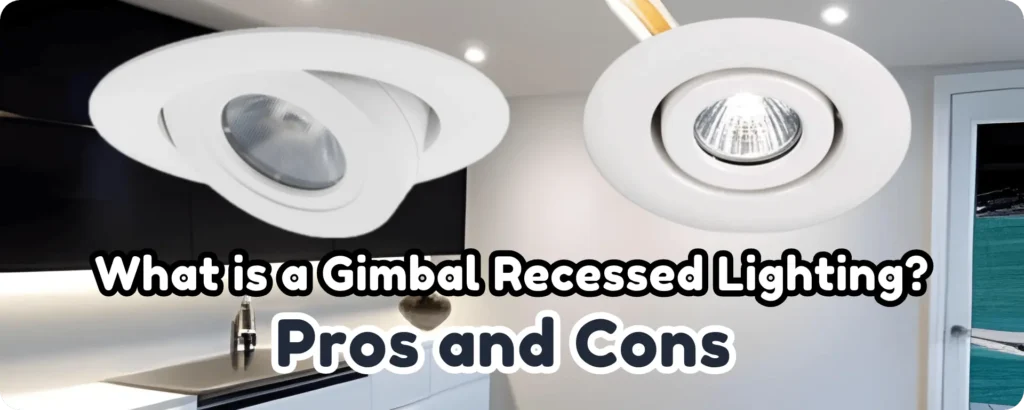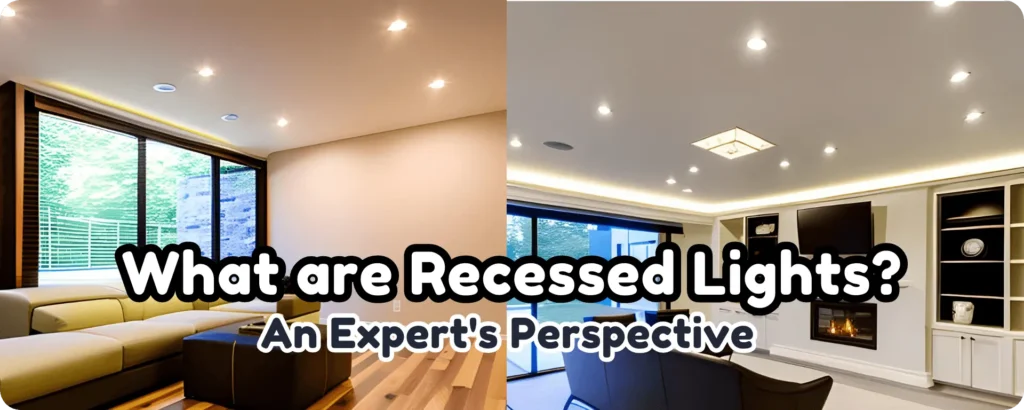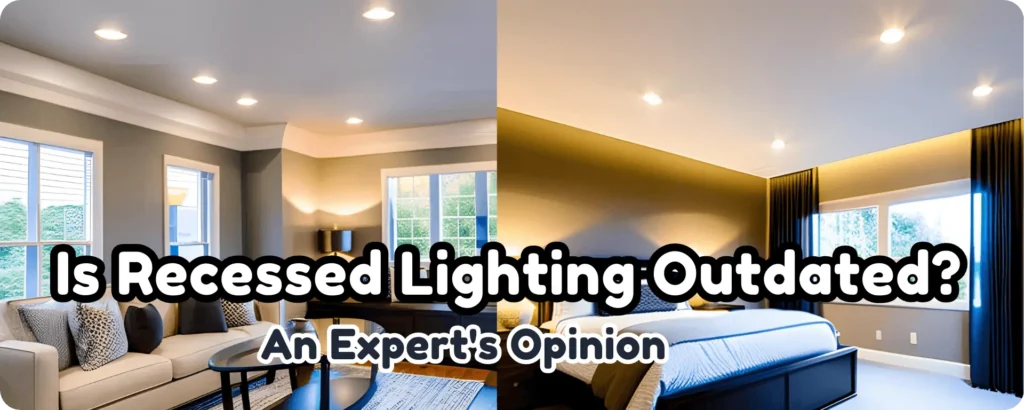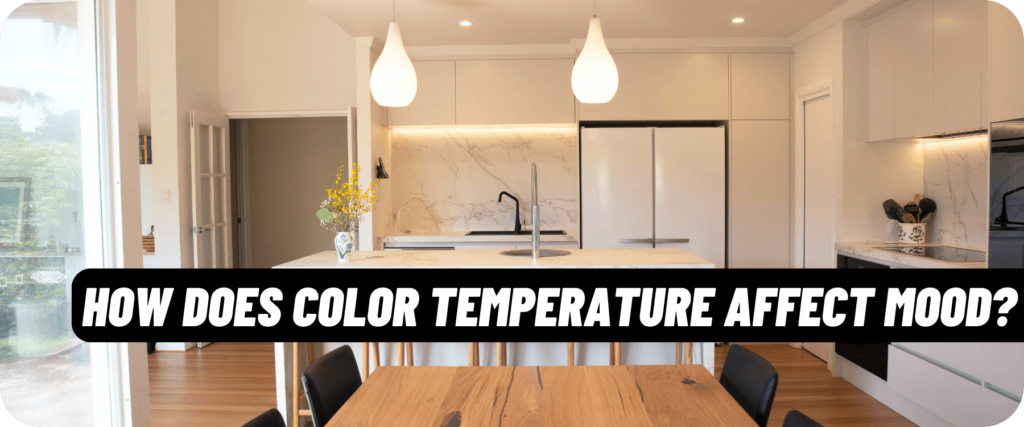

It is important to understand that the kind of light generated by such fixtures does matter and it can ultimately influence our emotions. Knowing what moods each light color brings can help us achieve the perfect home lighting setup. In any case, various types of light within our living areas have the potential to evoke different perceptions.
This light-colored stuff is measured in Kelvin (K), from cool vibes at 2700K to warmer, more comforting feels at 6500K. Research has been conducted by some very smart people who say that the type of lighting we are exposed to can change how we perceive things, how productive we are, and even how we behave.
Why do sunny days make us excited while gloomy, rainy days make us sad? This is mainly because of the quality of light around us. This thing called “light temperature” seems to be capable of disrupting our feelings. Alright then, we now understand how lighting in our houses affects our moods as well as how we can use it to enhance them further.
THE RELATIONSHIP BETWEEN LIGHTING AND MOOD
The relationship between mood and lighting runs deep in human psychology and emotional health. Light from the sun or other natural sources helps regulate circadian rhythms which affect sleep cycles thus influencing mood too. Exposure to natural light helps maintain synchronization and enhances positive feelings like happiness; its absence may result in sadness characterized by depression.
Further, artificial lights also affect people’s moods. Warm white encourages relaxation while cold white boosts productivity Different color temperatures elicit different emotions. On top of this issue is also that badly lit spaces only bring about pain whereas well-designed lights improve the environment.
Temperature Categories and Their Impact on Light Color
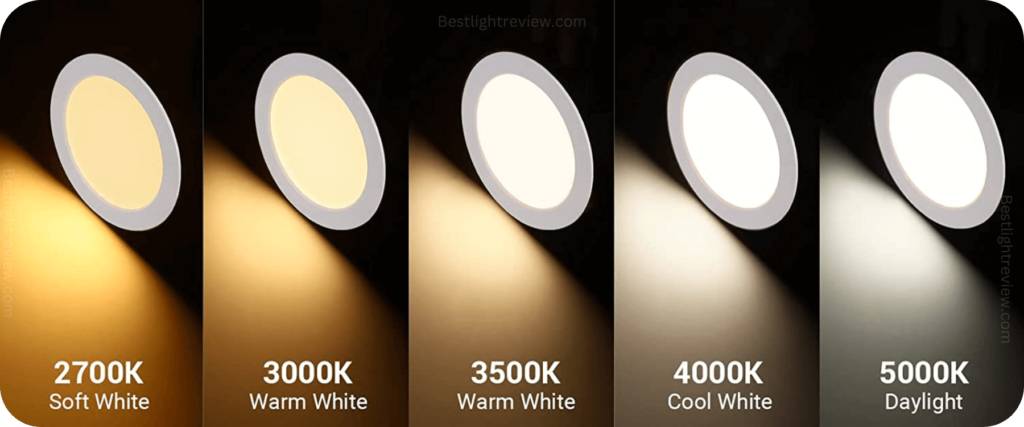

Color temperature refers simply to the color emitted from a source of light being measured by this thing called Kelvin (K). This is because it helps to understand the various categories of color. In terms of color temperature, there are three main groups: Warm Light (ranges between 2700K and 3000K); Cool White (from about 3000K up to 5000K), and Daylight Light (falls from approximately 5000K to around 6000K).
When planning your home’s lighting scheme, choosing light sources with the right color temperature can be very helpful in creating an ambiance that suits you best. Warm white creates a welcoming environment while cold white light invigorates one and makes space appear brighter. However, daylight has a more natural appearance as if it was lit by daylight outside.
1. 2700-3000K (incandescent)
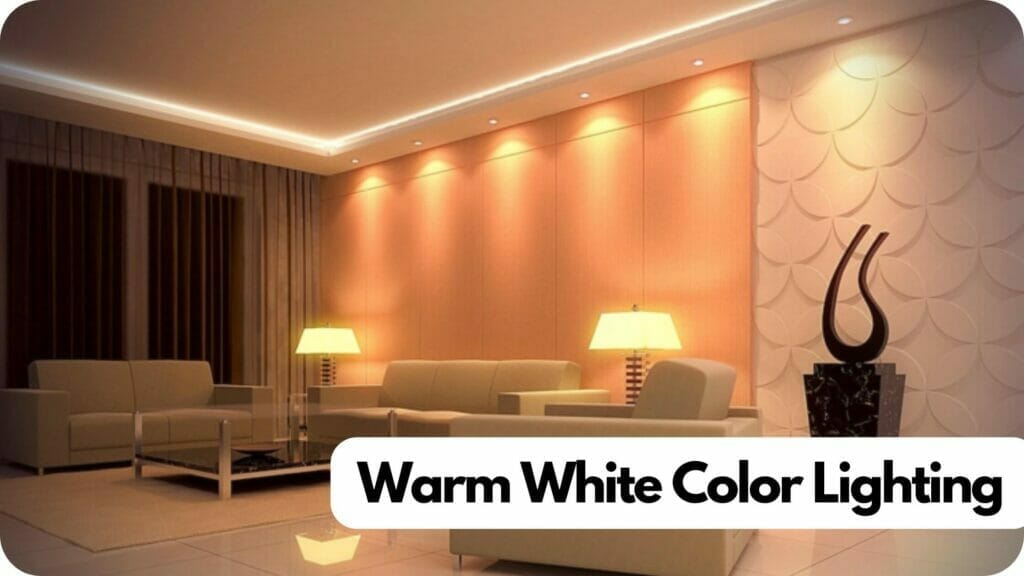

This kind of light gives off a warm and cozy feeling. It’s great for establishing an ultra-relaxing mood in spaces like your bedroom or living room. Have you ever noticed how super nice you tend to feel when the sun goes down and its light becomes warm and golden? Well, believe it or not, that particular comfy sensation comes from none other than the lighting rated at 2700-3000 K (incandescent).
If you have your indoor lights on at this temperature, then you will experience that warm and cozy feeling in the room which could improve your mood. The warmth in color ranges between 2700-3000K incandescent bulbs, thus making them just right for places like living rooms or bedrooms.
2. 3500-4500K (halogen)
This range of colors spans from brilliant white to cool white and neutral white thereby enhancing the aesthetics of living areas and including some blue wavelengths known to increase alertness, attentiveness, and wakefulness, especially during study or work periods.


This is roughly equivalent to the light level outside in daylight. Combine this with the slight blue undertone, which also serves to increase vigilance. Moreover, it’s well-suited for such environments as offices, school car parks, or any other space where lighting needs to be bright enough to ensure comfortable working conditions. However, many-colored lamps can still be useful at home in spots like kitchens, bathrooms, or outdoor spaces.
3. 5000-6550K (fluorescent)
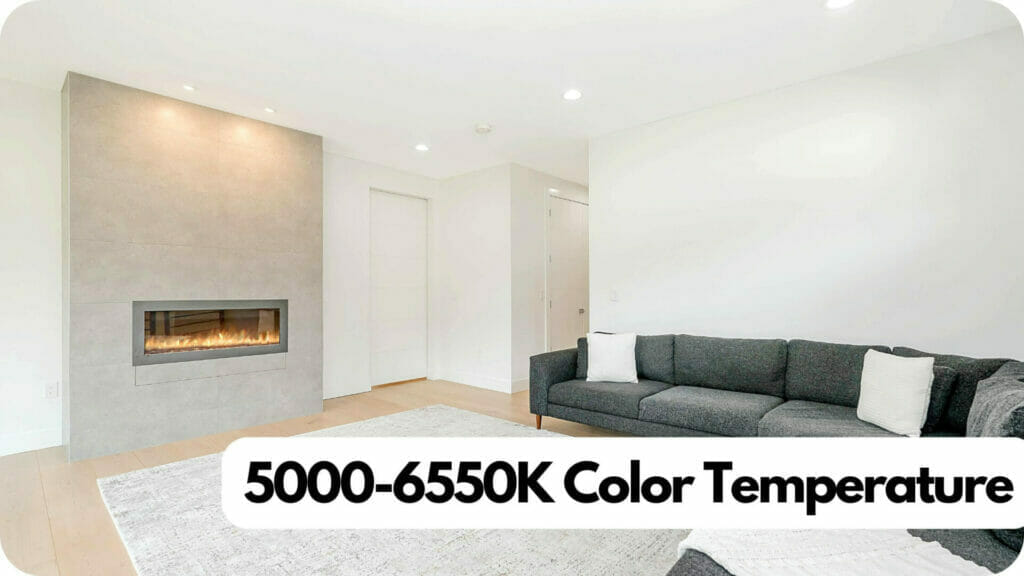

The different temperatures of fluorescent light closest resemble natural daylight. The most precise representation of daylight ever quantified has been in this temperature range; it’s even held as an effective enhancer for moods as well as a source of greater human energy.
When used indoors within light fixtures it creates a vibrant clean lively atmosphere. It perfectly complements halogen light with similarities that make it good for creating comfort when reading.
Used under-cabinet lighting applications add warmth as well as enhance everyday experiences while completing tasks. Apart from improving the appearance of a room itself; they may lift moods and even impact feelings positively
Others:
As we know other types of lights do not fall into these main categories but also tend to affect one’s inner state enormously when switched on/ off inside various rooms. For example, studies indicate that LED tube lights might disrupt your circadian rhythm a biological process that controls our activities within a 24-hour cycle.
Surprisingly, red light color while it is strong in its appearance, has the least affection on brain activity leading to a good mood throughout the day. But this cannot be said about blue and white light colors which can most significantly influence people’s mood. The reason for this is that they may lead to marked or serve as triggers of various Cerebral responses in human bodies responsible for emotional states.
FAQs:
What color temperature is most relaxing?
The best range of color temperature to achieve a calming and cozy atmosphere in a bedroom is between 2700K and 3000K. These warm tones of light give out so soothing sensations that promote relaxation and comfort.
What color temperature keeps you awake?
Color temperatures higher than 4000K are used to describe sources having cooler light, which creates an energetic and dynamic atmosphere. In such settings like kitchens, offices etc., cooler tones are commonly used because they promote increased activity level, productivity rates etc.
What’s the best color temperature for a bathroom?
For a softer look, try using warmer colors (around 2700K-3000K) to achieve this effect by softly illuminating your space. On the other hand if you want something more contemporary feeling then go colder (3500k – 4000k).
Conclusion
When considering the mood and feelings, it’s important to consider the color temperature of lighting. Warm-toned lights can create a peaceful and inviting atmosphere that is ideal for resting and relaxing after a long day. Conversely, cool-toned lights may create an energy-boosting and invigorating environment that fits well with working or studying. This knowledge about how different colors of light influence our spirit can help us choose the correct bulbs for home use as well as get the appropriate ambiance for any event.

